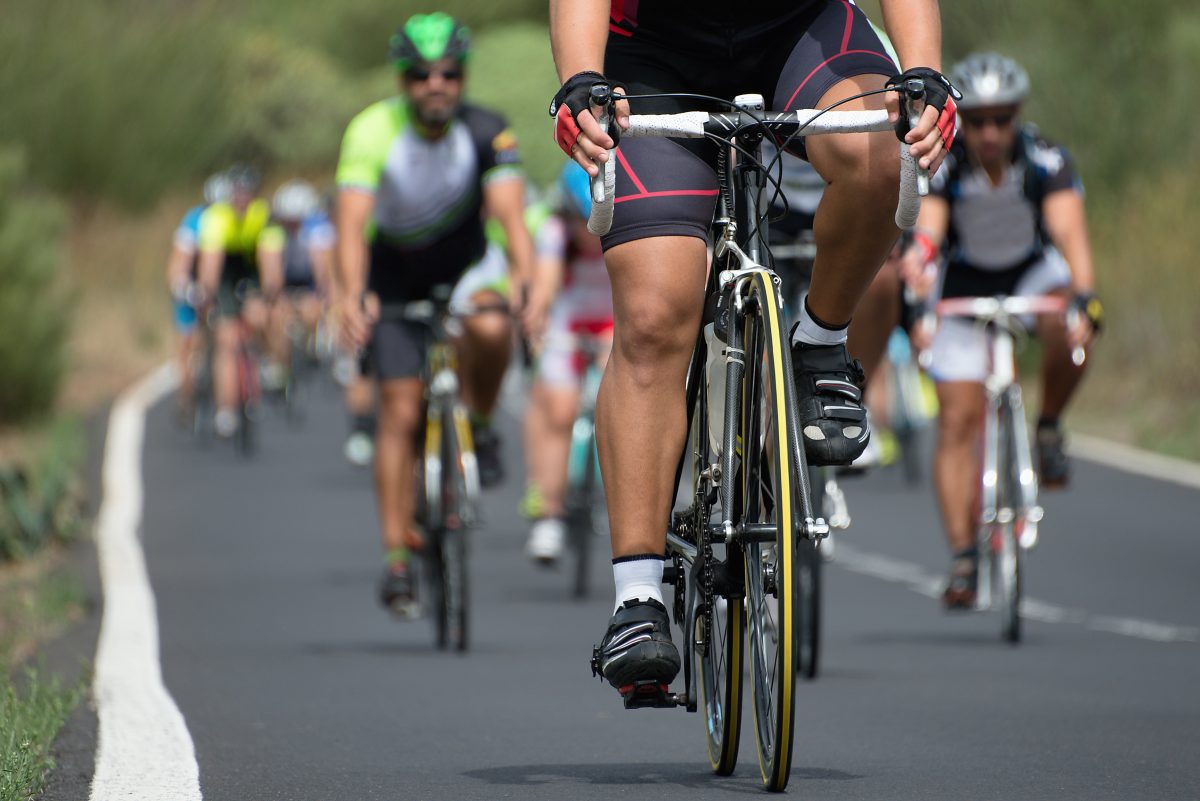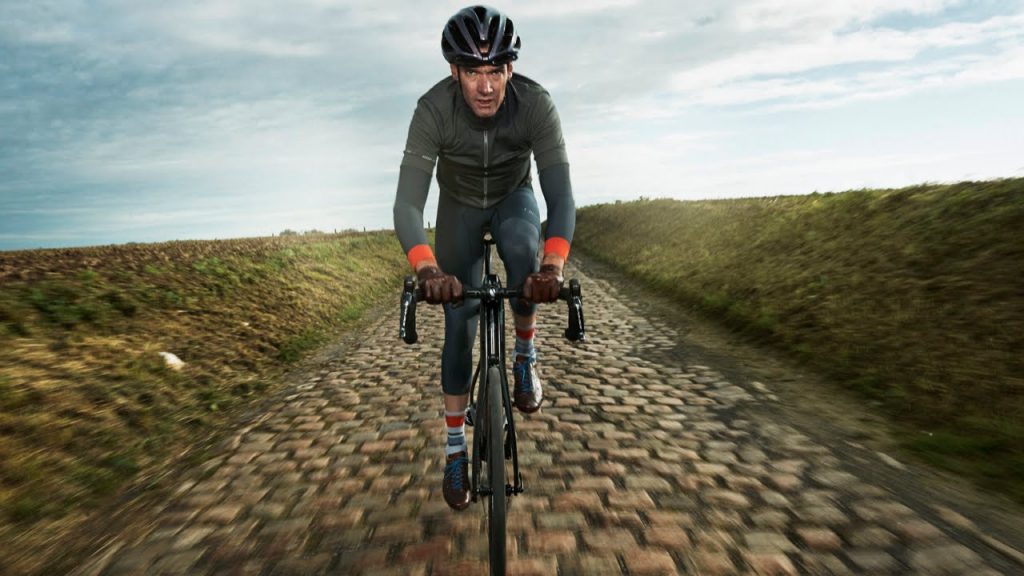
Interested in road cycling; In this article we will share with you cycling tips for beginners. Including how to best manage your weight with the right nutrition, what distances you should ride, and as you progress, what techniques you can use to best progress into your cycling.
The 7 Cycling Tips for Beginners
1) Buy your bike from a local shop: My opinion is that it is better to buy a bike from a local bike shop, you will get more on-going support with your purchased bike and you will get to the know the staff. Often, the people working in bike shops will cycle or race themselves and will likely offer advice or information that you may require. You may find a sharper deal on the internet buying a bike but you will not have access to the the expertise and support of your local bike shop and this tends to be more valuable than saving a few dollars in my opinion.
2) Get comfortable on your bike: The local bike shop may be able to help set you up on a bike and provide recommendations on what size bike you need. This will be a great start to know that you are in a ball-park for bike fit and help you feel confident that when you start training, you will be less likely to pick up an injury and be more comfortable.
3) Learn how to fix a puncture: Practising a few tube changes before setting out on the road is advisable. You don’t want to be stuck out in the country side on a cold day and be stranded there because you don’t know how to change a punctured tube. Often when out in back roads, mobile phone coverage is poor so you may not be able to call on someone for help. This leads me to also state the obvious, which is to bring a spare tube(s), tire levers and a pump (or CO2 cartridges). Spare cash is also a handy thing to have at times.
4) Invest in a few key pieces of kit: The money you can spend is endless with cycling. However, key things to buy are a good quality helmet for safety and comfort. Next, two key contact points between rider and the bike are the seat and pedals. I would recommend in buying quality bib shorts because they can really make a difference for comfort. Cycling shoes that fit well is another. They don’t have to be super expensive but good fitting shoes will make a difference when you start putting in the hours on the bike.
5) Join a cycling club: Joining a club can be a fantastic way to meet new people, find out about bunch training rides, and what races might be suitable for a beginner cyclist.
6) The gears are there to help you: Once you do start training, you will likely try some local hills. Modern bikes generally have a very wide range of gears to suit all terrain. These are there to help you ride efficiently and effectively. When going on the hills, don’t be scared to use the easiest gear on the hills as it is better for your knees and muscle efficiency that grinding a large gear.Save that biggest gear for the downhills!
7) Practice some basic technique: Cornering, descending and stopping quickly are skills that take time to develop. Don’t go flying down a huge steep decent without doing smaller descents to build confidence and skills. Same goes with cornering. With practise you will learn to know how to take a good line, how to lean the bike into corners and how fast you can go. This takes hours of practise. Having days in which you practise these skills in worth spending time on. Go around your local block and try cornering going both left and right. Read some books or google information on cycling on how to use the apex of corners and other techniques. You can learn so much that will help you to go much faster safely.

Training tips for the beginner cyclist
First Weeks of Training for Cycling
The first thing to do to get started is to ride your bike more than you did last week. If you haven’t been riding a bicycle regularly, start by riding three to five times for 30-60 minutes each time. If you’ve been riding recreationally or for transportation, figure out a ballpark for how much time you’ve been riding on a weekly basis and increase by 10%. Don’t start with intensity; start with volume of time (not KM count) and add intensity later. Your pace on the bike should be conversational. This means that you could speak in full sentences to someone riding with you. If you are gasping for breath or can only say two word sentences, then this is too fast or hard paced.
First Month of Training for Cycling
Cyclists who were not riding regularly before starting to train should continue building volume by increasing weekly riding time by 10% each week, over the course of 3-6 rides. Rest days – no training – at least one day out of seven is a strong recommendation as recovery helps you get stronger (something people tend to forget). If wanting to really add hours for the week try one longer weekend ride. Try going a little longer on one day of the weekend (Or a day in which you are not working). You can add training volume by incrementally making each ride longer by 15 mins each week.
Three Months into Training for Cycling
Riding more hours can only take your fitness so far, especially once most working people hit their maximum training time at 6-10 hours per week. So increasing workload to increase fitness is done by increasing volume and intensity.
If you have reached the maximum of volume (time in total per-week), then you can look at including some intensity. That’s where intervals come in. There is a huge range of information from the internet, cycling magazines to training specific books. I would recommend no more than two rides a week that have intensity in them. You might be ready to start doing bunch rides. This is a great way to learn how to ride with others, be in a tight bunch, be in a pace line, and how to ride in the wind with a group. Your local club or bike shop may help you find some local bunch rides suitable to a beginning cyclist.
Nutrition Tips For Cycling Training
As you increase your weekly caloric expenditure it is important to make sure your caloric intake is sufficient to meet your needs. Most people consume more than enough calories, and one of the big mistakes people make is to increase caloric intake way more than necessary as they start training.
One way is to get in tune with your body and eat to your hunger needs. Hydration is important. Always have water in bottles on any length ride. Anything under 60min plain water will be sufficient unless it’s a high intensity workout. No additional calories are needed during workouts that are 60 minutes or shorter. Consume carbohydrates during workouts longer than 90 minutes. There is a huge marketing ploy to get you to buy energy bars, gels, and drinks. However, bananas, dates and other natural products are just as good. Muesli bars from the supermarket are adequate. Selecting a sports powder to put in your drink bottles is a good way to help you with electrolytes lost in sweat. As you get into cycling more, you can research more on what is best for you and what works best for your body system.
Moving From Beginner Cyclist To more serious cyclist
Ideally, the experience of getting started with training inspires you to continue developing fitness and participating in challenging cycling events. While you can certainly continue to make progress directing your own training or absorbing information from the cycling community, here is when you may employ a coach to take you to your next level.
Jakub Novak at Pro Cycling Coaching is a former professional road cyclist with over 11 years cycling experience at the highest level. He has been passing on his valuable experience as a coach since he retired from professional cycling. Check out his website for more information




